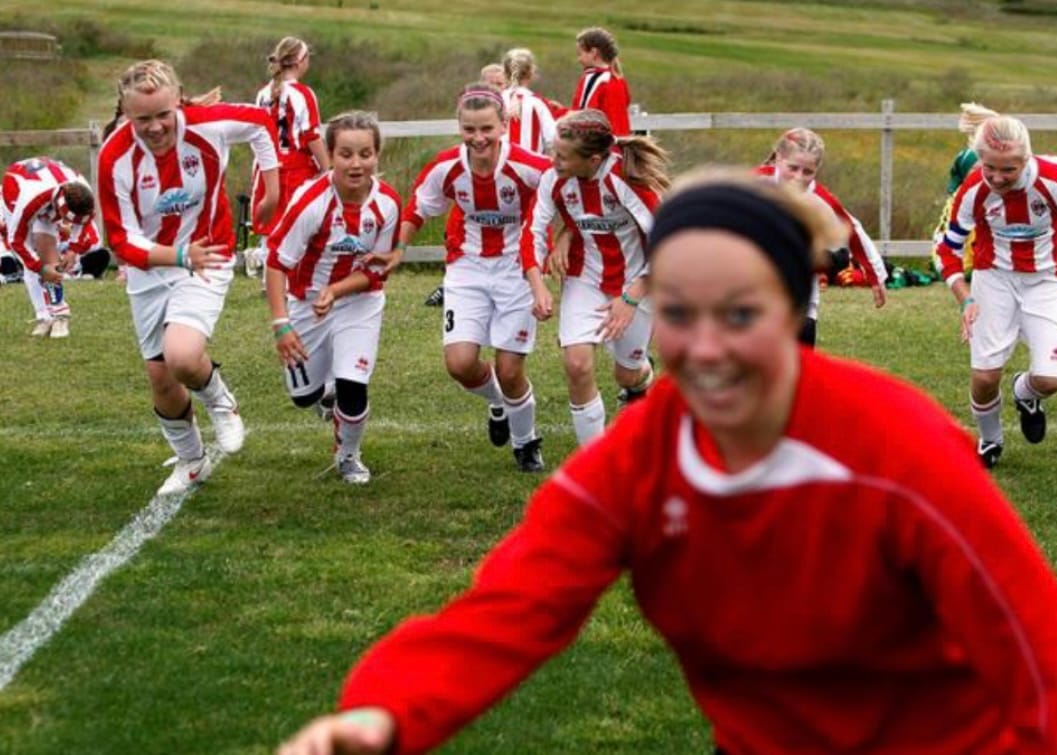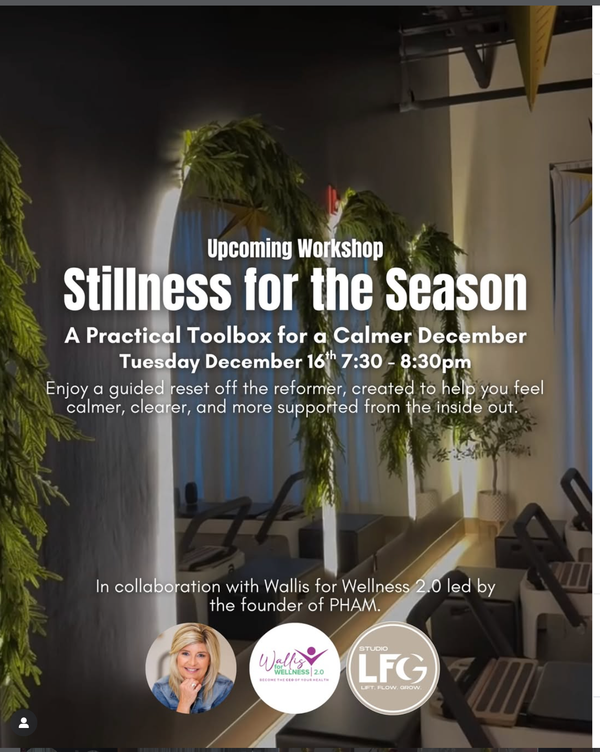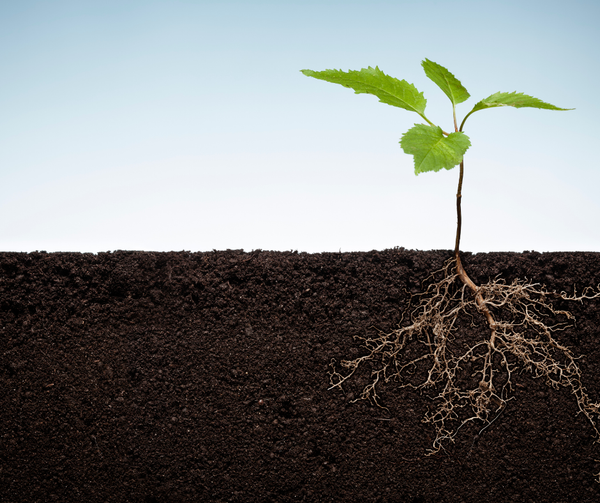How Iceland Turned a Youth Addiction Crisis Around — And What We Can Learn

By Jen McCutcheon | Founder, Enable No More & Moms on a Mission
In the mid-1990s, Iceland was faced with a crisis many parents, families, and communities can relate to: its teens were among the highest users of alcohol, tobacco, and drugs in Europe. Over time, Iceland didn’t just “get lucky” — it intentionally transformed its youth culture. The changes offer a roadmap for prevention, healing, and community renewal.
1. The Challenge: When youth substance use became normalized
- In the late 1990s, a survey of 15- to 16-year-olds in Iceland showed that about 42% reported having been drunk in the past month. (Bergþóra’s story, WHO)
- Daily smoking rates and early cannabis use were also significant. (Kristjansson et al., 1997–2014)
- Traditional “drug education” and school-based prevention had limited impact over time. Iceland needed a different approach.
These data helped Icelandic scientists and policy makers see a deeper truth: addiction isn’t just about substances. It’s entangled with stress, environmental factors, lack of meaningful alternatives, and a void of connection.
2. A new approach: Turning to positive, healthy substitutes
Instead of focusing only on what youth should not do, Iceland looked for what could replace it — activities that naturally trigger the same emotional and biochemical responses as substances:
- Dancing, arts, music, sports — these are powerful because they engage the brain’s reward system in healthy ways.
- Encouraging youth to find their purpose, identity, joy.
Dr. Harvey Milkman and Icelandic researchers argued that many substances hijack pathways in the brain. What if we could activate those circuits with creativity, belonging, and movement instead?
3. The Icelandic Prevention Model: system + community change
Iceland didn’t treat addiction as an individual failure. They treated society as the patient. This shift birthed the Icelandic Prevention Model (IPM) — built on data, community, and long-term investment.
Key components:
- Annual youth surveys (ages ~14–16) to monitor use, attitudes, risk & protective factors.
- Community coalitions involving parents, schools, government, youth, NGOs.
- Policy change: stricter regulation on alcohol, advertising bans, curfews, parental contracts.
- Investment in youth activities: free or subsidized access to organized sports, arts, clubs.
- Parental engagement: increasing parental oversight, communication, knowing where kids are.
Over more than two decades, these steps didn’t just reduce substance use — they shifted the social fabric around youth norms, connection, and purpose.
4. Outcomes: Dramatic declines over time
The results are striking:
- From 1997 to 2014, the percentage of adolescents reporting “drunk in last 30 days” fell from ~29.6% to ~3.6%.
- Daily smoking declined from ~17% to ~1.6%.
- Core protective factors improved: more time spent with parents, more accountability around evening whereabouts, and less time spent out late.
- Other countries have started pilot projects replicating the model. For example, Lithuania showed reductions in adolescent use after adopting IPM principles.
- Also, the Planet Youth/Guildance programs now help communities worldwide adopt the IPM framework.
These outcomes show that a prevention model grounded in community, data, and meaningful youth engagement can shift what seems like impossible.
5. Lessons & reflections for communities today
While Iceland’s context is unique (smaller population, political will, social cohesion), many principles are transferable:
- Prevention over punishment — invest in youth before crisis emerges.
- Community is key — this isn’t a “parenting problem,” it’s a social design problem.
- Data + adaptation — measure, learn, refine each year with feedback from youth.
- Offer better alternatives — it’s not just about saying “no,” but about offering meaningful “yeses.”
- Long-term investment — change doesn’t happen overnight. Commit for decades.
- Address stress & mental health — many turn to substances to cope. Offer emotional tools, belonging, purpose.
6. Why this matters for families and recovery work
As someone working in family recovery and healing, the Iceland example reminds me:
- Healing and prevention are deeply tied to environment, not just individual will.
- A person’s context — sense of belonging, connection, purpose — has as much power as therapy or treatment.
- When families, communities, and systems align, the path to recovery becomes less lonely and more supported.
- While we work with families in crisis, we must also advocate upstream: to change culture, policy, and what’s possible for youth.
Invitation & Next Steps
Would it be powerful to bring this kind of thinking into your own family or community? To shift from reacting to addiction to preventing it — by building youth opportunity, connection, and belonging?
If you’re curious about how to adapt prevention and healing principles in families, community groups, or your own coaching practice, I’d love to support you.
Visit enablenomore.ca to explore tools, frameworks, and programs built for real-world impact.





